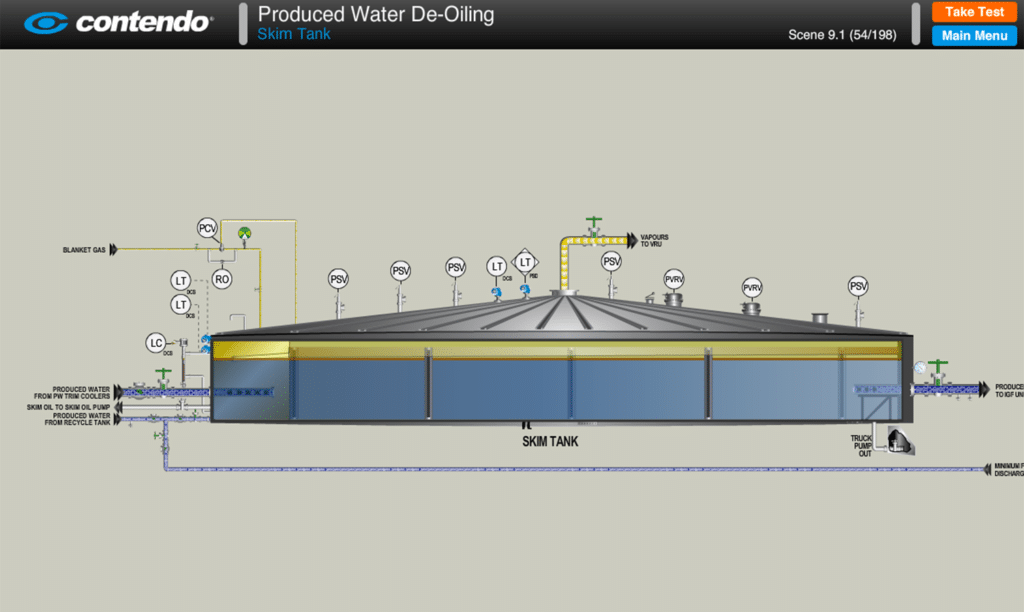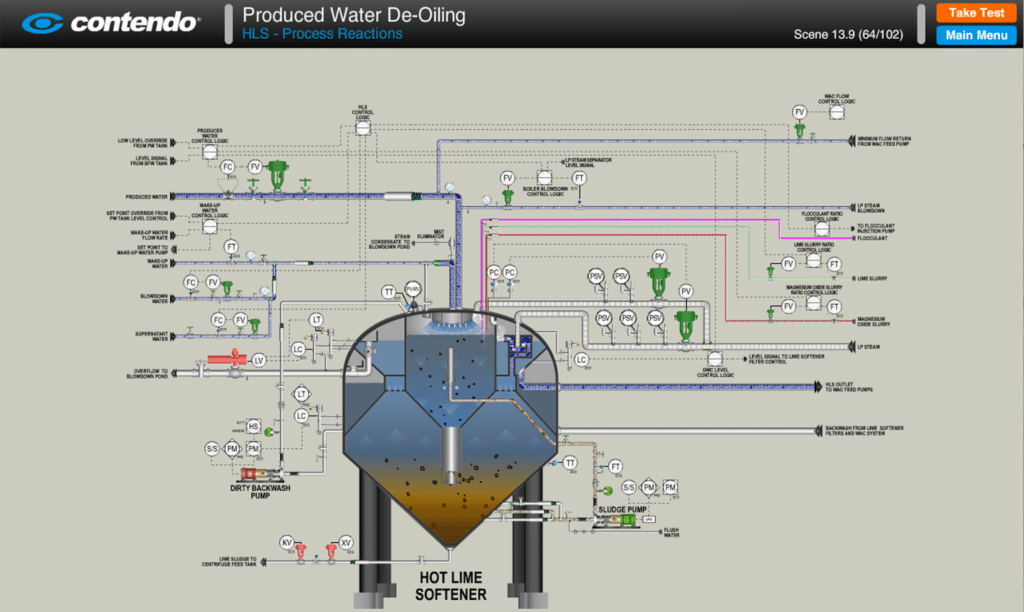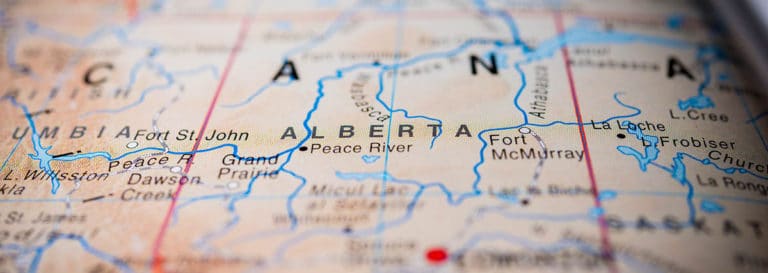
Kevin’s Blog / What happens to Produced Water in a SAGD Facility
Kevin’s Blog / SAGD short stories:
What happens to Produced Water
in a SAGD Facility
“SAGD short stories” is a blog series concerning SAGD operations.
We all know that environmental concerns are a very important part of the modern Oil and Gas Industry.
Steam Assisted Gravity Drainage (SAGD) operations in the Alberta Oil Sands use high-pressure steam injection to mobilize and recover bitumen (very heavy crude oil) through specialized wells, producing an emulsion of bitumen, natural gas, some solids (mostly sand), and water (condensed steam).
What happens to Produced Water in a SAGD Facility?
As the emulsion is processed through a Central Processing Facility (CPF), most of the solids fall out of suspension in large, slow flowing separator vessels; Hydrocarbon (HC) gases break out of the liquids; and more and more water is separated out of the emulsion until only clean Sales Oil remains.
Produced Water is cleaned, de-oiled, softened, and re-used
If you want to know what happens to the ‘Produced Water’ (PW) separated out of the emulsion, the Contendo Fundamentals of SAGD Produced Water De-Oiling Animated Training Course has the answers. Through chemical treatment and the use of various technologies, the Produced Water is sequentially cleaned until it is de-oiled to a level that lets the water be recycled into the steam generation system as Boiler Feed Water inventory.
Gravity Separation
The process train begins with a passive gravity settling Skim Tank where the contaminants (oil droplets) settle upward to the surface to be skimmed off.

Separation Processes
Next, the Produced Water is processed in an Induced Gas Flotation (IGF) vessel where natural gas bubbles are released and mixed into the PW. Oil droplets and fine solids attach to the bubbles and rise by gravity to the surface as oily froth to be skimmed off. We discuss how eductors operate and are used in mixing operations, as well as different mechanisms that can be used to skim the oily froth from the liquid surface.

The course fully describes how Oil Removal Filters (ORF) offer mechanical filtering to remove minute amounts of oil and output ‘clean’ Produced Water. How the ORF units are backwashed and cleaned is explained.
SAGD Water Softening
All oil, oily water and oily froth removed in these units are re-processed in the Bitumen Processing system.

The last section covers water softening, and includes both theory and practical discussions of water hardness and different softening options. The operation of both Warm Lime and Hot Lime Softeners are fully described, including chemical additions, deaeration of the water and handling of the sludge that settles out in the Lime Softeners.
To find out more about how Produced Water is processed to Boiler Feed Water in a SAGD facility,
you can viewthe various chapters of Contendo’s SAGD Oil Sands Online – Produced Water De-oiling and Water Treatment Courses.
Kevin Fox is a senior technical writer at Contendo.
He is a power engineer who has written process education programs for industrial clients since 2009.
To Learn More
At Contendo, we have been providing in-depth online operator training to the Oil Sands and SAGD industry for the better part of a decade. If you want to learn more about this complex but highly efficient extraction method, stay tuned for more posts like this or contact us to hear more about our SAGD Oil Sands Online Training Course.
Was this article helpful? We’d love to keep in touch with you. Click here to sign up for our online newsletter.



